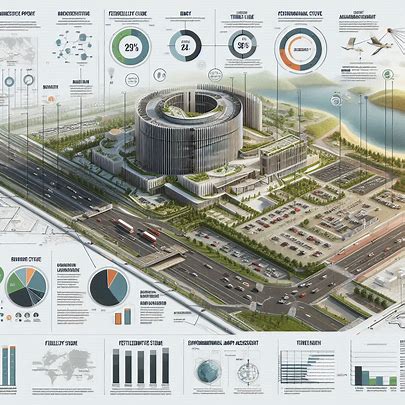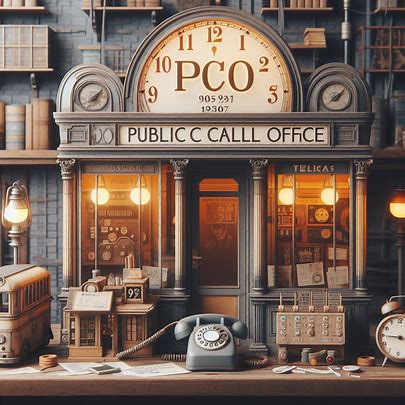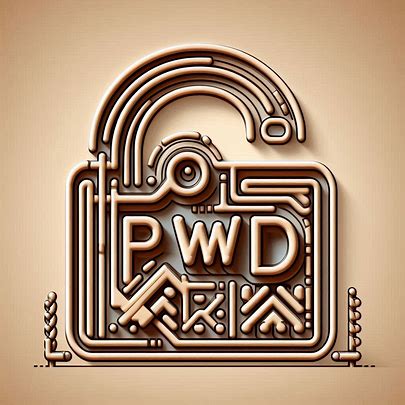DPR Full Form: Detailed Project Report
What is a DPR?
The DPR stands for Detailed Project Report. It is a comprehensive document that provides detailed information about a proposed project. This report serves as a crucial tool for planning, decision-making, execution, and approval of the project.

Key Aspects of a DPR:
- Meaning of Detailed Project Report (DPR):
- As a project evolves from an idea to implementation, the need for a deeper study becomes essential. The DPR delves into the specifics relevant to the project, considering various aspects such as technical feasibility, financial viability, and social impact.
- Approval for project investment or a request to prepare the DPR typically stems from the feasibility report.
- Specialists from different fields (market research, engineering, finance, etc.) contribute their insights to create a comprehensive DPR.
- Objectives of Detailed Project Report (DPR):
- The DPR aims to achieve the following objectives:
- Provide sufficient details to predict the project’s fate upon implementation.
- Address questions raised during project appraisals, including financial, economic, technical, and social analyses.
- Cover all relevant aspects, ensuring meticulous planning.
- The DPR aims to achieve the following objectives:
- Technology and Design Aspects:
- The DPR minimizes technical uncertainties by incorporating findings from specialists.
- Established technology and tested designs reduce technical risks.
- Exploring local technology options before seeking overseas collaborators can be cost-effective and patriotic.
- Economic Aspects:
- The DPR emphasizes the economic viability of the project.
- It includes financial projections, cost estimates, and investment details.
What Does a DPR Include?
- Project Objectives & Scope: This section clearly defines the project’s goals, deliverables, and overall scope.
- Technical Specifications: The DPR delves into the technical aspects of the project, including materials, equipment, and construction methods.
- Project Schedule & Timeline: A detailed timeline outlines the various project phases and their expected durations.
- Financial Estimates: The DPR includes a comprehensive cost breakdown, encompassing project expenses, labor costs, and contingency plans.
- Risk Assessment & Management Strategies: The DPR identifies potential risks associated with the project and outlines strategies to mitigate them.

Why is a DPR Important?
- Enhanced Project Planning: The DPR serves as a roadmap, ensuring all project aspects are considered and planned for effectively.
- Financial Transparency: The detailed cost breakdown in the DPR fosters financial transparency and facilitates securing funding.
- Risk Management: Identifying potential risks early on allows for proactive mitigation strategies, minimizing project disruptions.
- Improved Communication: The DPR acts as a central communication tool, ensuring all stakeholders are on the same page regarding project details.
Example: Project ‘P’
Let’s consider an example to illustrate the importance of a DPR. Suppose a company plans to build a solar power plant. The DPR for Project ‘P’ would cover technical feasibility, economic viability, environmental impact, and other critical aspects.
What are the components of a DPR?
What are the components of a DPR?
| Section Title | Description |
|---|---|
| Project Overview | A concise summary outlining project objectives, scope, and purpose, serving as the groundwork for the report. |
| Expertise and Roles | Detailed profiles of project participants, highlighting qualifications, experience, and roles. |
| Industry Experience | Insights into project promoters’ practical experiences and achievements within relevant industries. |
| Financial Aspects and Funding | Covers financial forecasts, costs, revenue streams, and funding strategies employed in the DPR. |
| Government Permissions | Discussion on necessary approvals, licenses, and regulatory compliance for project execution. |
| Raw Material Needs | In-depth analysis of essential project materials, considering availability, procurement, and costs. |
| Organizational Structure | Description of project management hierarchy, roles, responsibilities, and reporting mechanisms. |
| Infrastructure Specifications | Details of required physical assets, including machinery, buildings, and equipment, with technical specs. |
| Risk Evaluation and Mitigation | Identification of potential risks and challenges, along with strategies to minimize their impact. |
| Budget Oversight | Methods for managing project expenses within allocated budgets, ensuring effective monitoring and control. |
| Financial Projections | Projected financial performance indicators, such as gross profit, net profit, and revenue estimates. |
DPR: Daily Progress Report
In the dynamic world of construction, DPR can also stand for Daily Progress Report. This is a concise document that captures the day-to-day activities and progress made on a construction site.
What Does a Daily Progress Report Include?
- Activities Completed: The report details the tasks accomplished on that specific day.
- Material Used: It records the quantity and type of materials used during construction.
- Labor Employed: The report documents the number of personnel working on the site and their roles.
- Equipment Utilized: It details the machinery and equipment used for construction activities.
- Challenges & Delays: The report identifies any issues encountered during the day and potential delays.
- Weather Conditions: A brief note on weather conditions impacting the construction process.
Why is a Daily Progress Report Important?
- Project Monitoring: Daily reports provide a continuous record of progress, allowing for close project monitoring and identification of potential deviations from the plan.
- Resource Management: DPRs help ensure efficient resource allocation, identifying areas where adjustments might be necessary.
- Early Problem Detection: By documenting challenges promptly, daily reports enable timely problem-solving and course correction.
- Improved Communication: DPRs facilitate communication between various stakeholders involved in the construction project.
In summary, a well-prepared DPR ensures that a project is thoroughly evaluated, setting the stage for successful execution. Whether you’re an investor, project manager, or decision-maker, understanding the DPR is essential for informed choices.
FAQs
- What is the primary purpose of a Detailed Project Report?
- The primary purpose of a Detailed Project Report is to provide stakeholders with a comprehensive understanding of project objectives, scope, and feasibility.
- How does the project overview section contribute to the DPR?
- The project overview section sets the context for the entire report, offering a concise summary of project objectives, scope, and purpose.
- What factors are considered in assessing raw material requirements?
- Factors such as availability, sourcing options, and costs are considered in assessing raw material requirements for project execution.
- How can risks be effectively mitigated in project management?
- Risks can be effectively mitigated through proactive risk management strategies, such as identifying potential risks and developing contingency plans.
- Why is financial projection crucial for project viability?
- Financial projection provides stakeholders with insights into the expected monetary returns and profitability of the project, helping assess its overall viability.








